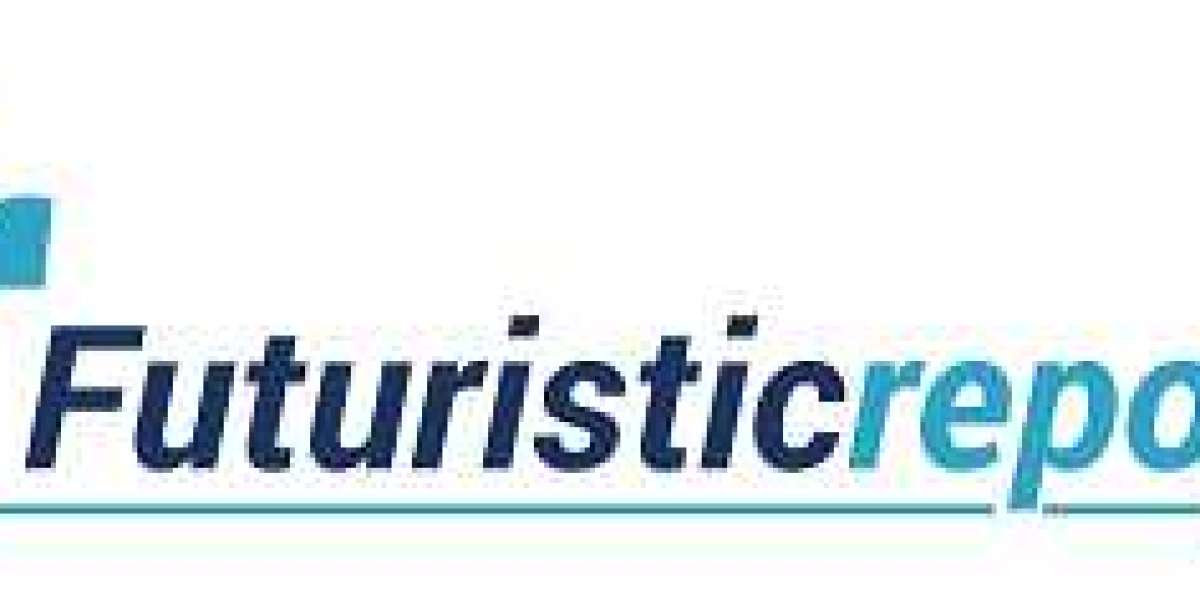As we move into 2024, the Education Enterprise Resource Planning (ERP) market is experiencing dynamic growth and transformation. Educational institutions worldwide are increasingly turning to ERP systems to manage their academic and administrative processes more efficiently. This market analysis explores the key trends, growth drivers, and challenges that will shape the education ERP landscape in the coming year.

Market Growth and Dynamics
The global education ERP market is projected to grow at a compound annual growth rate (CAGR) of approximately 15% from 2023 to 2028. This robust growth is driven by the rising demand for automation in educational institutions, which seek to streamline operations such as student enrollment, attendance tracking, financial management, and human resources. The shift towards remote and hybrid learning, accelerated by the COVID-19 pandemic, continues to drive the need for integrated digital solutions.
Key Trends
- Cloud-Based ERP Solutions: One of the most significant trends in the education ERP market is the increasing adoption of cloud-based solutions. Cloud ERP systems offer scalability, flexibility, and cost-efficiency, making them ideal for educational institutions of all sizes. The Software-as-a-Service (SaaS) model is particularly popular due to its lower upfront costs and ease of implementation. Institutions benefit from reduced IT infrastructure expenses and enhanced data accessibility and security.
- Integration of Artificial Intelligence and Machine Learning: AI and ML are becoming integral components of modern ERP systems, offering advanced analytics and automation capabilities. These technologies enable predictive analysis, personalized learning experiences, and efficient resource management. AI-driven chatbots and virtual assistants are also enhancing student and faculty engagement by providing instant support and information.
- Mobile Accessibility: With the proliferation of smartphones and tablets, mobile accessibility is crucial. ERP systems with mobile-friendly interfaces allow administrators, teachers, and students to access information and perform tasks on the go, enhancing flexibility and ensuring that educational processes are not confined to desktops and laptops.
- Advanced Data Analytics and Business Intelligence: Modern ERP systems are incorporating robust data analytics and business intelligence tools to help institutions make data-driven decisions. These tools provide insights into student performance, financial health, and operational efficiency, enabling institutions to optimize their strategies and improve outcomes.
Growth Drivers
- Digital Transformation in Education: The ongoing digital transformation in the education sector is a significant driver of ERP adoption. Institutions are leveraging technology to streamline administrative processes, enhance student engagement, and deliver personalized learning experiences.
- Government Initiatives: Various governments are investing in the digitization of education, creating a supportive environment for ERP market growth. Policies promoting the integration of technology in schools and universities are fostering the adoption of ERP systems. For instance, the Digital India initiative aims to transform the education sector through digital tools and resources.
- Increasing Competition: The competitive landscape in education is pushing institutions to adopt ERP systems to maintain operational excellence and deliver superior educational services. Efficient management of resources and data-driven decision-making are becoming essential for staying ahead.
Challenges
Despite the promising growth prospects, the education ERP market faces several challenges. High implementation costs and the need for substantial investment in IT infrastructure can be barriers, especially for smaller institutions. Additionally, resistance to change and lack of technical expertise among staff can hinder the adoption of new systems.
Data privacy and security concerns are significant challenges. Educational institutions handle vast amounts of sensitive data, making them attractive targets for cyberattacks. Ensuring robust security measures and compliance with data protection regulations is crucial.
For More Info: - https://www.gmiresearch.com/report/education-erp-market-analysis-industry-research/
Conclusion
The education ERP market in 2024 is poised for substantial growth, driven by digital transformation and supportive government initiatives. Trends such as cloud-based solutions, AI and ML integration, mobile accessibility, and advanced data analytics are shaping the future of ERP systems in education. While challenges like high costs and security concerns exist, the benefits of ERP systems in enhancing operational efficiency and improving educational outcomes are compelling. As technology continues to evolve, the adoption of ERP solutions in education is likely to accelerate, creating a more efficient and effective educational landscape.



